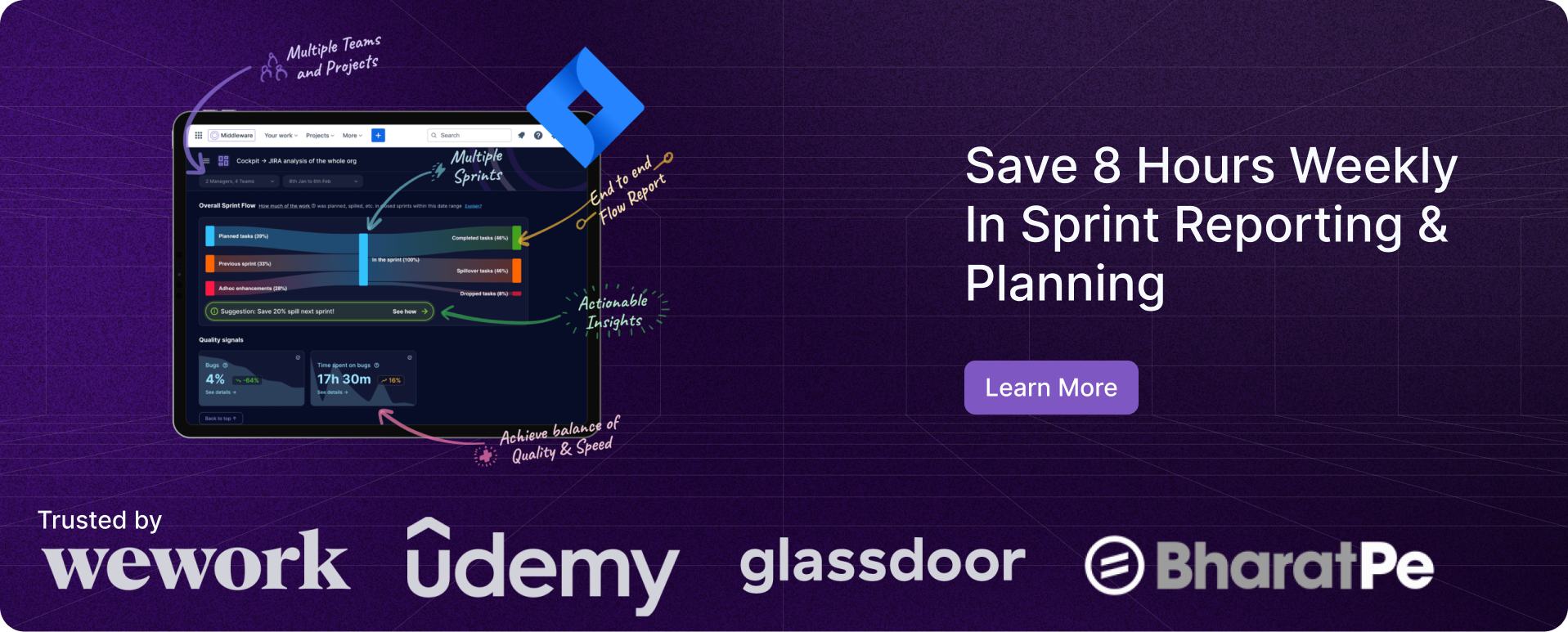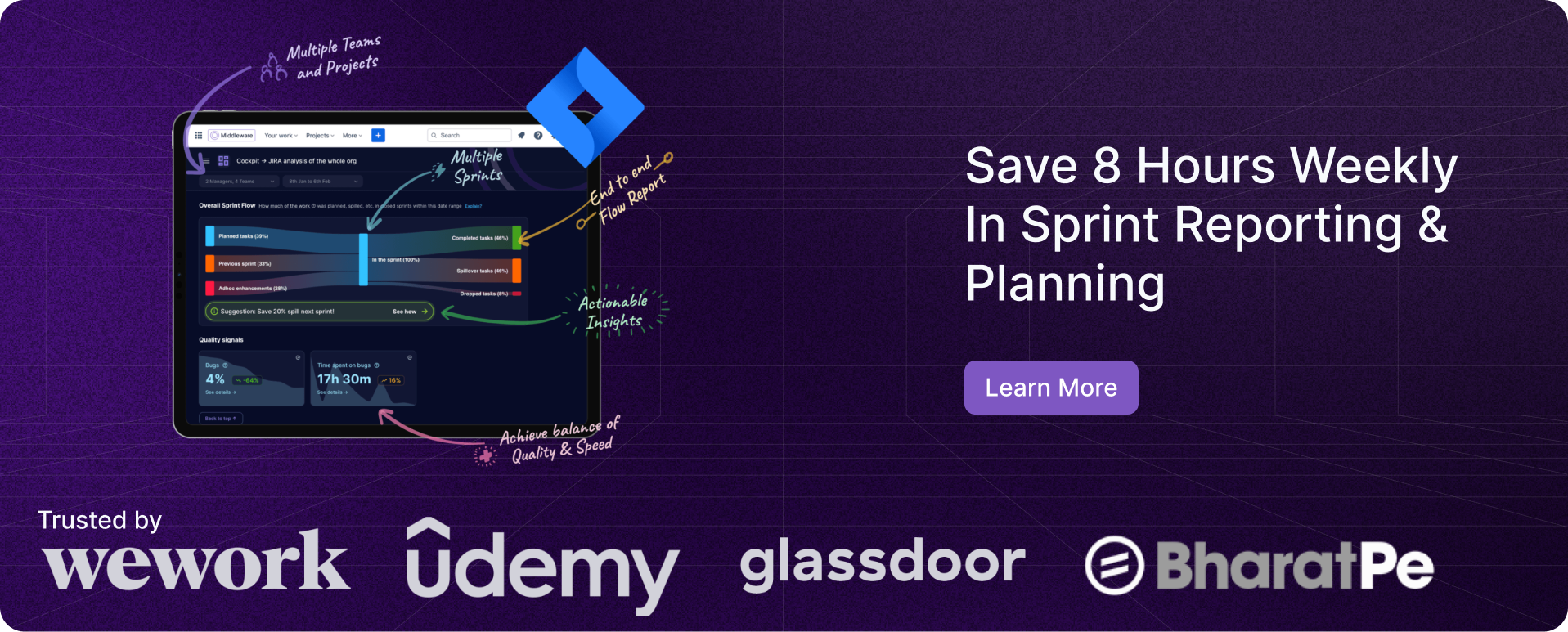16 Best Scrum Tools for Project Management
 Rajni Rethesh
Rajni RetheshTable of contents
- What is Scrum?
- Scrum Meeting Format
- How to be an Effective Scrum Master?
- What Are Scrum Tools?
- 16 Best Scrum Tools for Every Scrum Team
- What is the Correct Scrum Team Size?
- Stages of a Request in Agile Scrum
- Conclusion
- FAQs
- What is a good Scrum Message?
- How do I choose the right Scrum tool for my team?
- Are Scrum tools only for software development teams?
- What key features should I look for in a Scrum tool?
- Which Scrum tools are best for beginners?
- Do these tools support other Agile frameworks apart from Scrum?
- Is certified Scrum Master worth it?

"A goal without a plan is just a wish." – Antoine de Saint-Exupéry
Scrum provides a clear framework that encourages collaboration, prioritization, and adaptability, helping teams align their efforts to deliver exceptional results. Whether you're launching software, managing a product, or running a creative campaign, Scrum empowers teams to work smarter, not harder. Let’s dive into how this framework revolutionizes the way we work!
In this blog, let’s explore how Scrum can transform the way you and your team approach goals, workflows, and project success.
You can use the Middleware Jira Sprint Report Plugin for a perfect Scrum implementation and get your software development lifecycle’s insights and updates directly within Jira.
What is Scrum?
Scrum is a popular Agile framework that helps teams break down large projects into manageable chunks, deliver incremental progress, and continuously improve. Scrum teams include specific roles: Scrum Master, Product Owner, and Development Team Members, working in short cycles (sprints) to achieve specific goals. The cherry on top? Tools designed specifically for Scrum make this methodology even easier to implement.
So, let’s explore the 16 best Scrum tools tailored for every type of Scrum team, whether you're a startup team of three or a global enterprise managing hundreds.
Before that…
Scrum Meeting Format
A Scrum meeting format typically follows a structured yet flexible approach to keep teams aligned. The most common is the Daily Standup, where team members answer three key questions: What did you do yesterday? What will you do today? Any blockers? Other meetings include Sprint Planning, where tasks are selected, Sprint Review, where completed work is demonstrated, and Sprint Retrospective, where the team discusses improvements. This structured Scrum meeting format ensures transparency, collaboration, and continuous progress.
Also read: What is Agile Methodology?
How to be an Effective Scrum Master?
You may wonder how to be a good Scrum Master. Let us guide you with that. Being a good Scrum Master requires more than just understanding Agile—it demands the right Scrum Master qualifications and a mindset focused on servant leadership. A great Scrum Master fosters collaboration, removes roadblocks, and ensures Agile principles are followed without micromanaging. They facilitate communication, shield the team from distractions, and drive continuous improvement. By encouraging self-organization, refining processes, and promoting transparency in backlog management and sprint planning, they help the team stay efficient. Acting as a bridge between stakeholders and developers, they maintain alignment while preventing unnecessary interference. Most importantly, they champion Agile values, keeping the team motivated, adaptable, and focused on delivering high-value work.
What Are Scrum Tools?
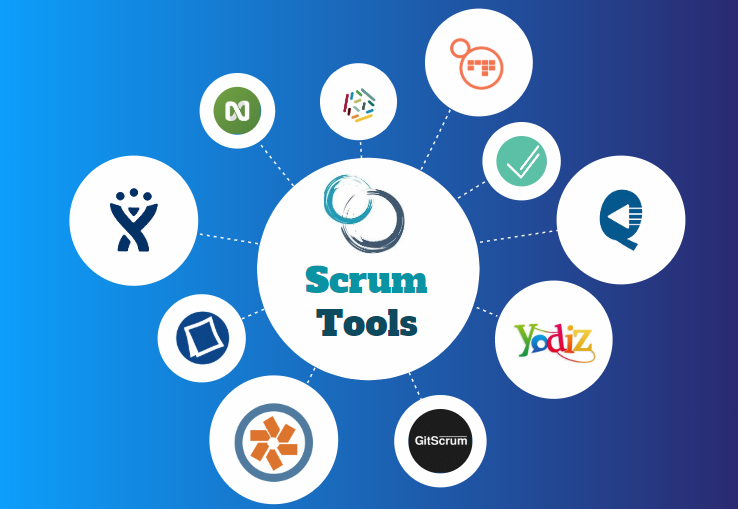
Scrum tools are specialized software solutions that help teams implement Scrum effectively by managing backlogs, sprints, and workflows while facilitating communication and transparency.
16 Best Scrum Tools for Every Scrum Team
Jira, a product by Atlassian, is one of the most popular project management tools among Agile teams, particularly those practicing Scrum or Kanban. Designed with flexibility in mind, Jira caters to the dynamic needs of software development, product management, and enterprise-level project coordination. When paired with an engineering productivity tool like Middleware, the results are transformative. You can use Middleware’s Jira Plugin and get your software development lifecycle’s insights and updates directly within Jira.
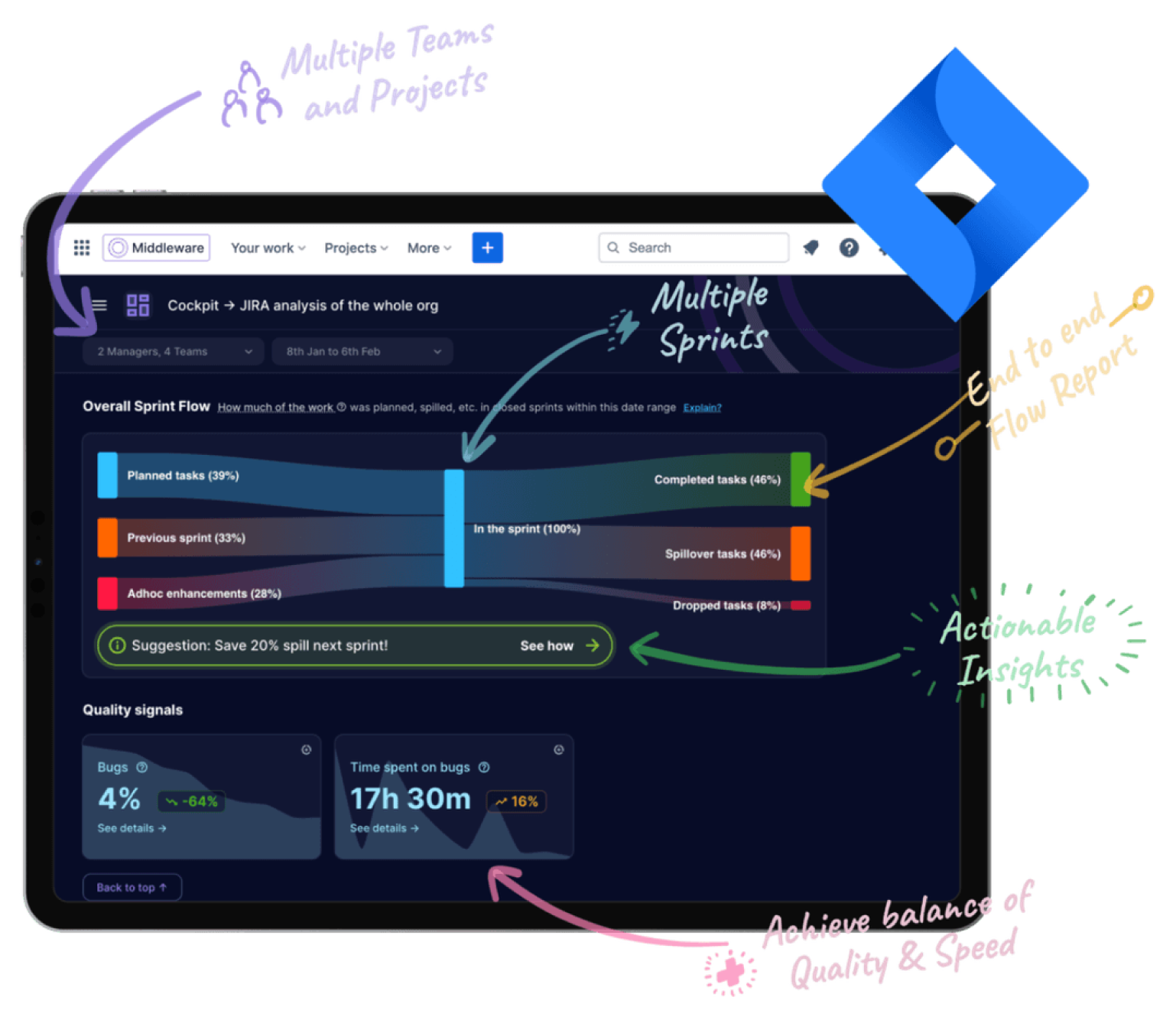
Moreover, its customizable workflows empower teams to structure their tasks according to specific project requirements. With features like Scrum and Kanban boards, sprint planning tools, and real-time reporting via burndown charts, Jira ensures teams stay aligned with their goals and timelines. However, its advanced capabilities come with a learning curve, making it better suited for experienced teams or those willing to invest time in mastering the tool. Integration with Atlassian's ecosystem of tools further enhances its utility, making it a comprehensive solution for end-to-end project management.
Key Features
Customizable Workflows: Tailor workflows to suit your team’s unique processes.
Scrum and Kanban Boards: Visualize and manage work seamlessly with board options.
Sprint Planning Tools: Plan, track, and manage sprints efficiently.
Real-Time Reporting: Gain actionable insights with burndown charts and dashboards.
Pros
Highly scalable for large or complex teams.
Seamless integration with other Atlassian tools like Confluence and Bitbucket.
Cons
Steep learning curve for beginners.
Can become overwhelming for smaller teams or non-technical users.
Ideal Use
Jira is ideal for enterprise teams requiring robust customization options and extensive reporting to manage large-scale projects efficiently.
2. Trello
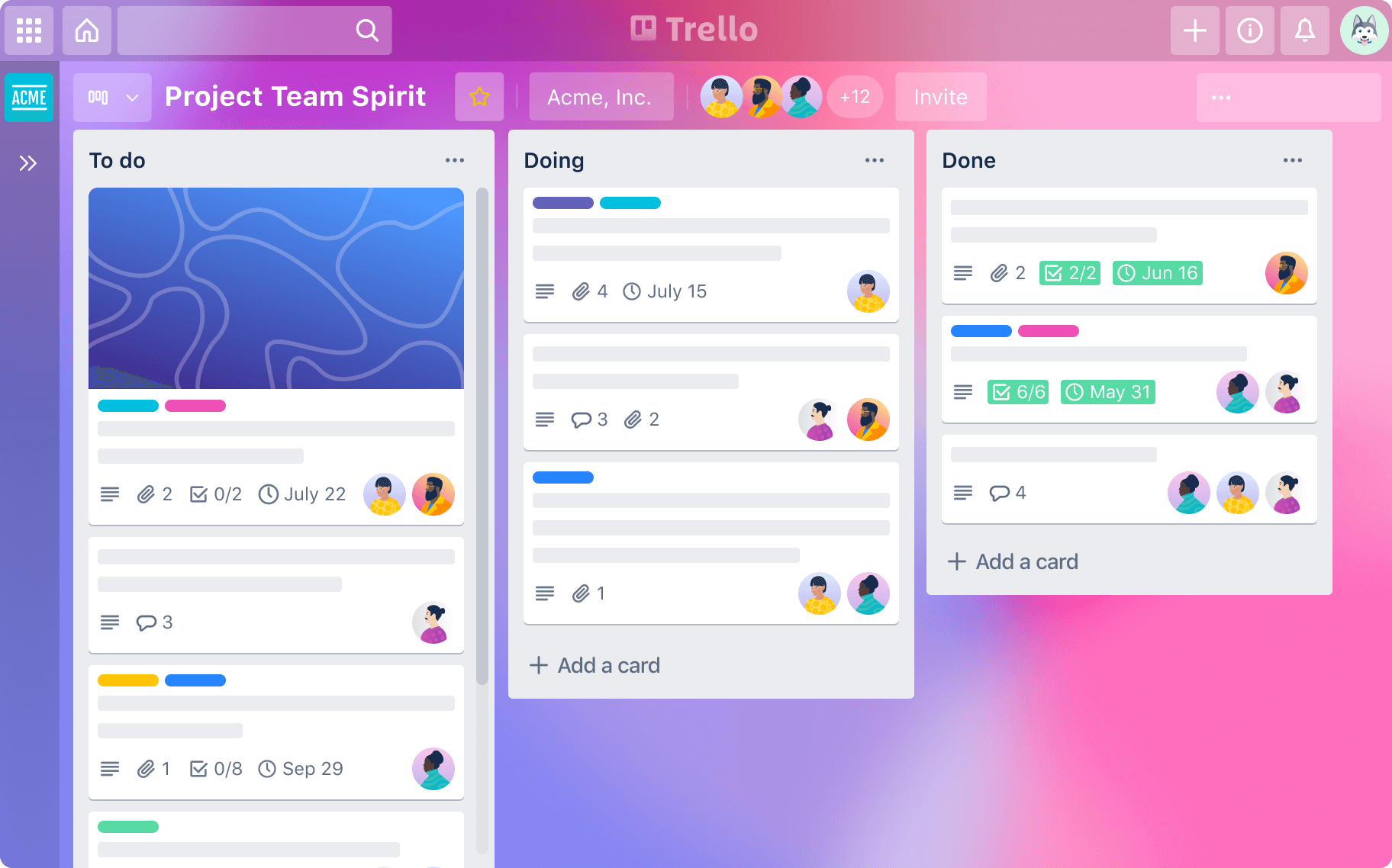
Trello feels like a digital version of sticky notes but on steroids—organize tasks visually with drag-and-drop cards, making progress as satisfying as crossing items off a to-do list. It’s minimal yet effective for small to medium teams. Add Power-Ups, and you’ve got a lean task management machine tailored to your workflow.
Key Features
Drag-and-drop interface
Customizable boards and cards
Power-Ups for extended functionality
Pros
Easy to learn and use
Free for basic features
Cons
- Limited advanced Scrum features
Ideal Use: Small to medium teams looking for simplicity.
3. Asana

Asana is like the conductor of a project orchestra—it keeps your team in sync with task dependencies, custom fields, and reporting tools. Its clean interface makes juggling multiple workflows a breeze, perfect for teams trying to balance structure with creativity. You’ll stay on top of everything without breaking a sweat.
Key Features
Task dependencies
Custom fields and templates
Advanced search and reporting
Pros
Intuitive interface
Great for cross-functional teams
Cons
- Limited features for dedicated Scrum planning
Ideal Use: Teams balancing Scrum with other workflows.
4. Monday.com
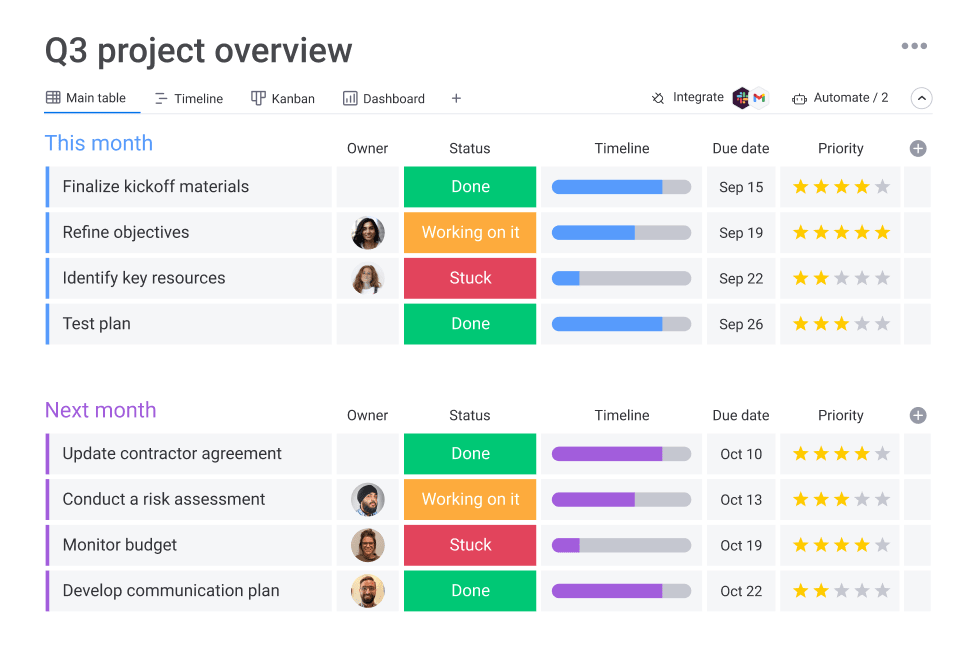
Monday.com is your colorful project companion, blending flexibility with eye-candy dashboards that are just plain fun to use. It’s like giving your projects a personality while keeping things on track. The customizable features make it a hit with creative teams who need structure without feeling boxed in.
Key Features
Customizable dashboards
Integration with third-party apps
Visual timeline and calendar views
Pros
Highly flexible
Appealing visual interface
Cons
- Expensive for larger teams
Ideal Use: Creative teams wanting visually-driven tools.
5. Scrumwise

Scrumwise is the no-nonsense friend who gets things done—lightweight, fast, and all about the Scrum essentials. It’s perfect for small teams that want to focus on planning and execution without wading through unnecessary bells and whistles. Think of it as minimalism meets productivity.
Key Features
Simple backlog management
Sprint planning tools
Real-time collaboration
Pros
Scrum-focused
Lightweight and fast
Cons
- Limited integrations
Ideal Use: Small teams needing a no-frills Scrum solution.
6. ClickUp
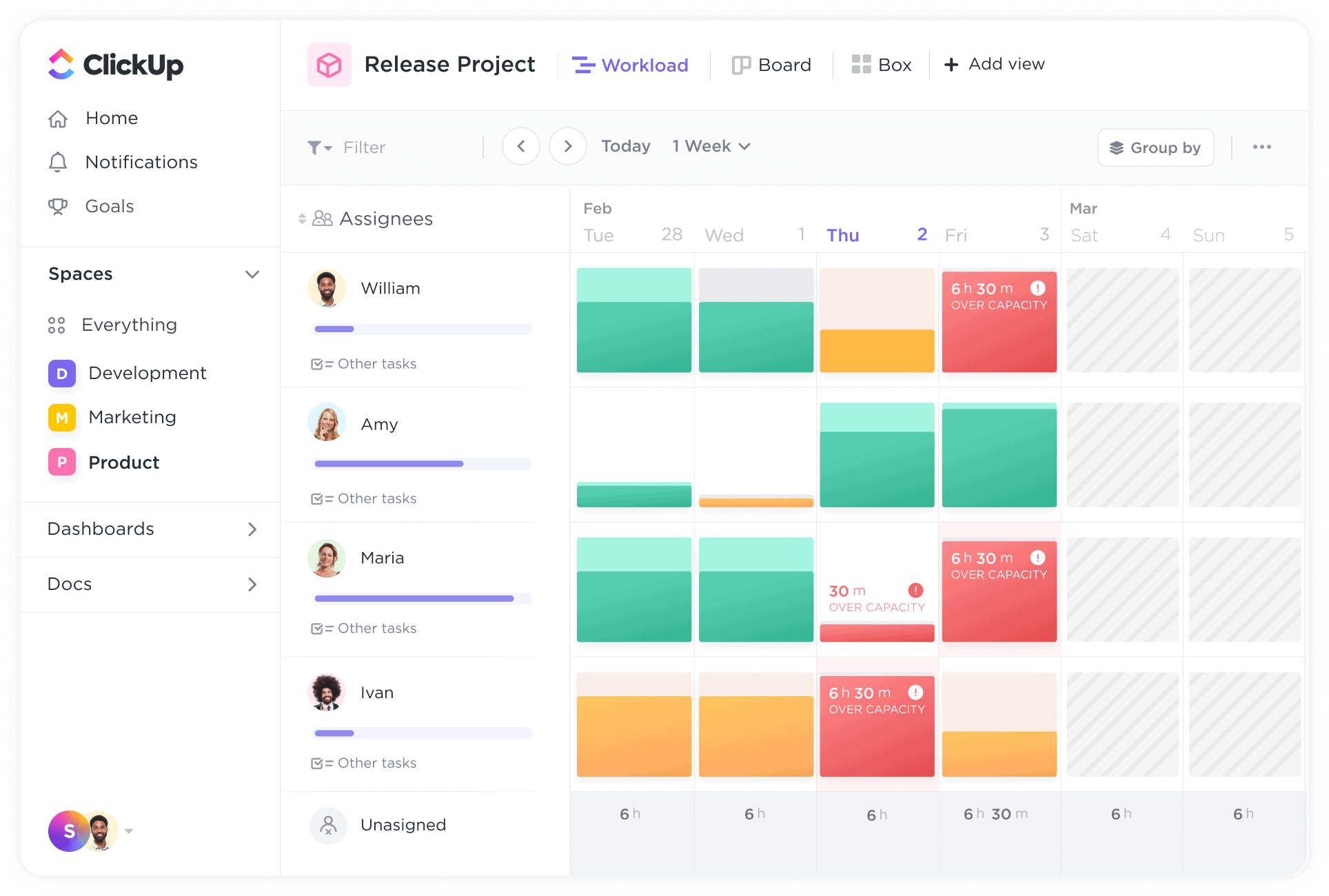
ClickUp does it all, from Gantt charts to task lists to automation. It’s like having multiple apps rolled into one, ideal for startups that need versatility. While it can feel overwhelming at first, the customization options make it worth the effort.
Key Features
Multiple view options (Board, Gantt, List)
Automation capabilities
Native time-tracking
Pros
All-in-one productivity tool
Affordable pricing tiers
Cons
- Can be overwhelming for beginners
Ideal Use: Startups and SMBs juggling multiple methodologies
7. Zoho Sprints
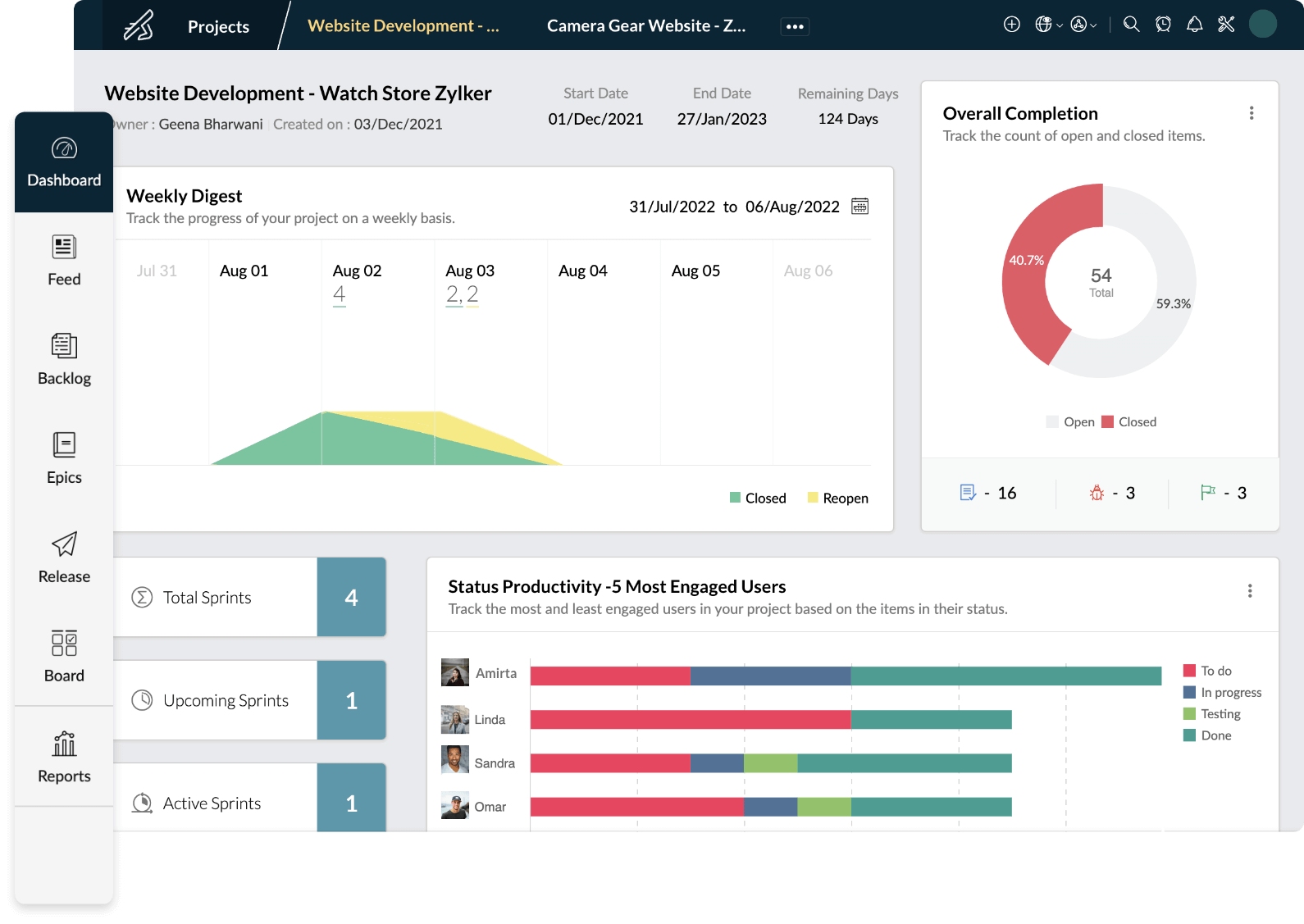
Zoho Sprints is like the budget-friendly Scrum coach your team didn’t know it needed. It keeps things simple and effective with dashboards and release tools, making it a favorite for remote teams. Sure, the UI isn’t winning awards, but it gets the job done without emptying your wallet.
Key Features
Scrum dashboards
Release management tools
Meeting scheduler
Pros
Competitive pricing
Great for remote teams
Cons
- UI could be more polished
Ideal Use: Budget-conscious teams
8. Pivotal Tracker
Pivotal Tracker is Agile’s best friend, keeping teams laser-focused with tools like velocity tracking and real-time collaboration. It’s tailor-made for startups needing clarity on priorities. It’s straightforward and effective, proving that less is sometimes more when it comes to Agile tools.
Key Features
User story prioritization
Real-time collaboration
Velocity tracking
Pros
Laser-focused on Agile/Scrum
Easy progress visualization
Cons
- Limited customization
Ideal Use: Tech startups and product teams.
9. Targetprocess

Targetprocess is the enterprise-ready Agile giant, offering everything from complex hierarchies to data-packed dashboards. It’s like having a bird’s-eye view of your entire organization. While smaller teams might feel overwhelmed, big players love its ability to manage the chaos.
Key Features
Hierarchical project views
Comprehensive Agile support
Real-time reporting
Pros
Scales well for enterprises
Strong visualization tools
Cons
- Expensive for smaller teams
Ideal Use: Enterprises with complex project hierarchies
10. Wrike
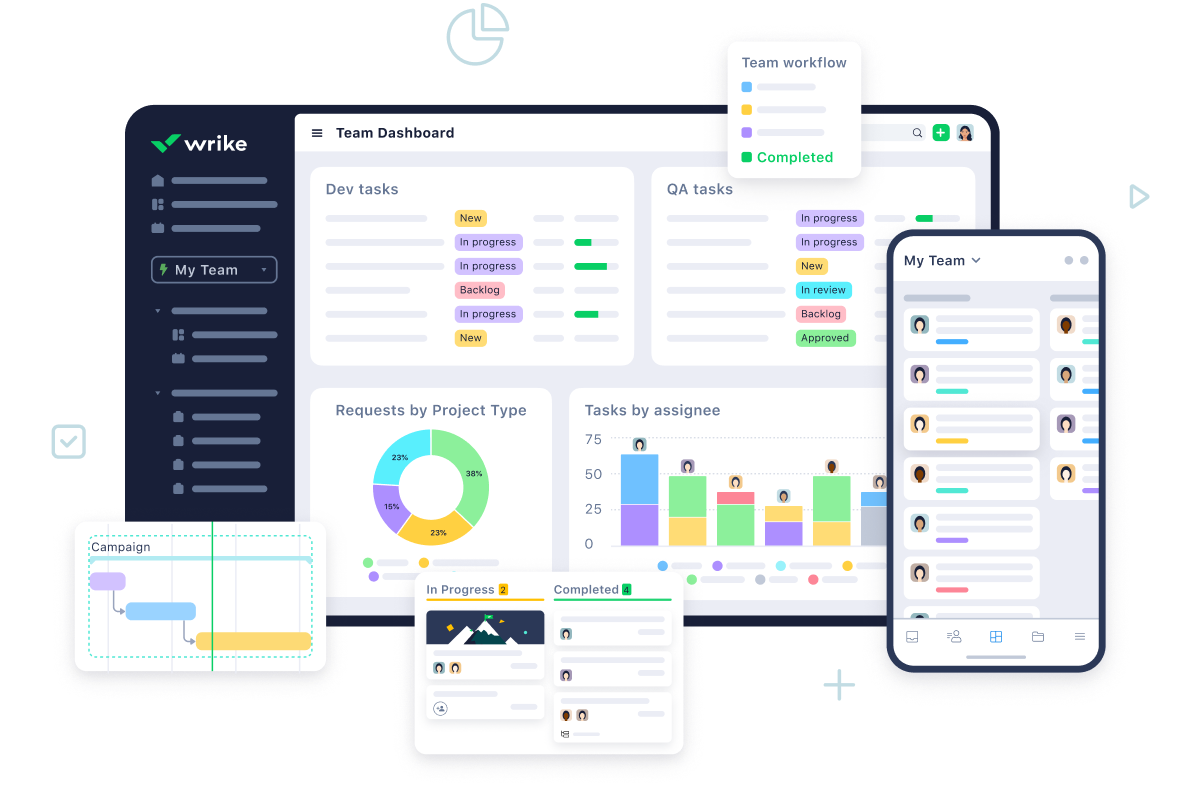
Wrike strikes the perfect balance for teams juggling traditional project management with Agile workflows. Its robust features ensure nothing falls through the cracks while offering integrations that make it a team player. The Scrum-specific tools could be stronger, but its versatility is unmatched.
Key Features
Project lifecycle management
Built-in analytics
Resource allocation tools
Pros
Highly flexible workflows
Easy integration
Cons
Scrum features aren’t prominent
Ideal Use: Teams mixing Scrum with traditional project management.
11. VersionOne
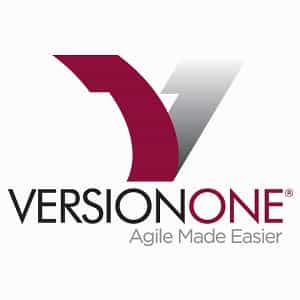
VersionOne caters to enterprise-level Agile teams with tools that scale effortlessly across portfolios. It’s the heavy-duty option for those who need every bell and whistle to manage large-scale projects. While the learning curve is steep, the payoff is worth it for complex workflows.
Key Features
Full Agile lifecycle support
Program and portfolio planning
Comprehensive metrics
Pros
Built for enterprise Agile teams
Strong reporting tools
Cons
- High learning curve
Ideal Use: Enterprises scaling Agile.
12. AgileCraft (Jira Align)
Jira Align is the bridge between high-level strategy and on-the-ground execution, built for enterprises needing big-picture alignment. It syncs seamlessly with Jira, making it a powerhouse for scaled frameworks. The price tag is hefty, but so are the capabilities.
Key Features
Synchronization across teams
Portfolio alignment
Multi-level planning
Pros
Best for large-scale Agile frameworks
Integrates seamlessly with Jira
Cons
- Expensive
Ideal Use: Enterprises with multiple Scrum teams.
13. Yodiz
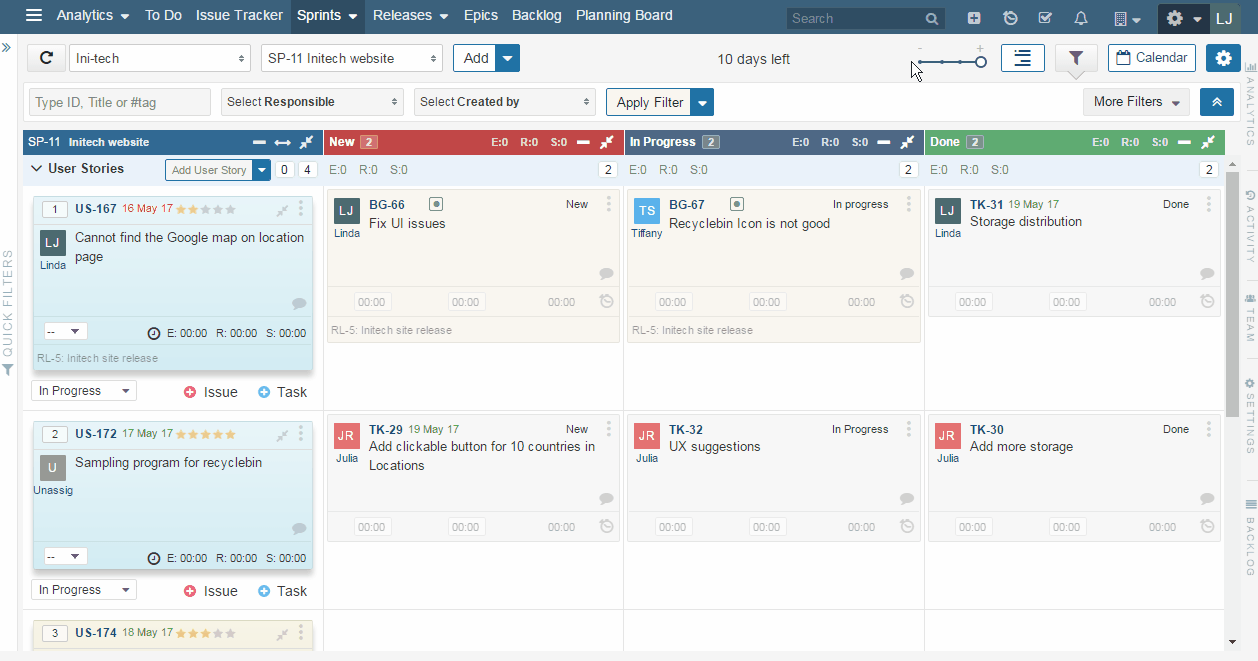
Yodiz is the underdog that delivers, offering real-time insights and straightforward Scrum tools for small teams and freelancers. It’s intuitive and budget-friendly, though its UI feels like it’s stuck in the past. For basic project needs, it’s a solid contender.
Key Features
Real-time reporting
Backlog prioritization
Advanced analytics
Pros
Free for small teams
Comprehensive Scrum support
Cons
- UI feels dated
Ideal Use: Freelancers and small startups.
14. nTask
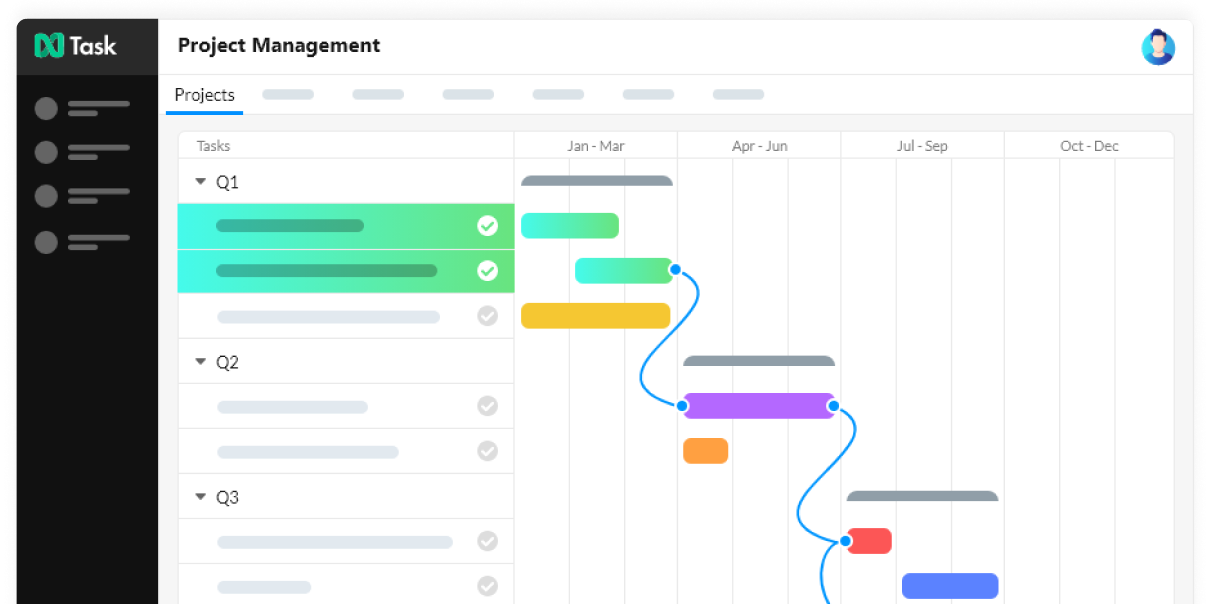
nTask is your no-frills project tool, built to help small teams tackle tasks, schedule meetings, and even manage risks. It’s straightforward, easy to set up, and doesn’t ask for a fortune. While it’s not a reporting powerhouse, it’s a budget-friendly choice for simple workflows.
Key Features
Task and issue tracking
Meeting scheduling
Risk management
Pros
Affordable
Easy to set up
Cons
- Limited reporting
Ideal Use: Small teams with tight budgets.
15. Axosoft
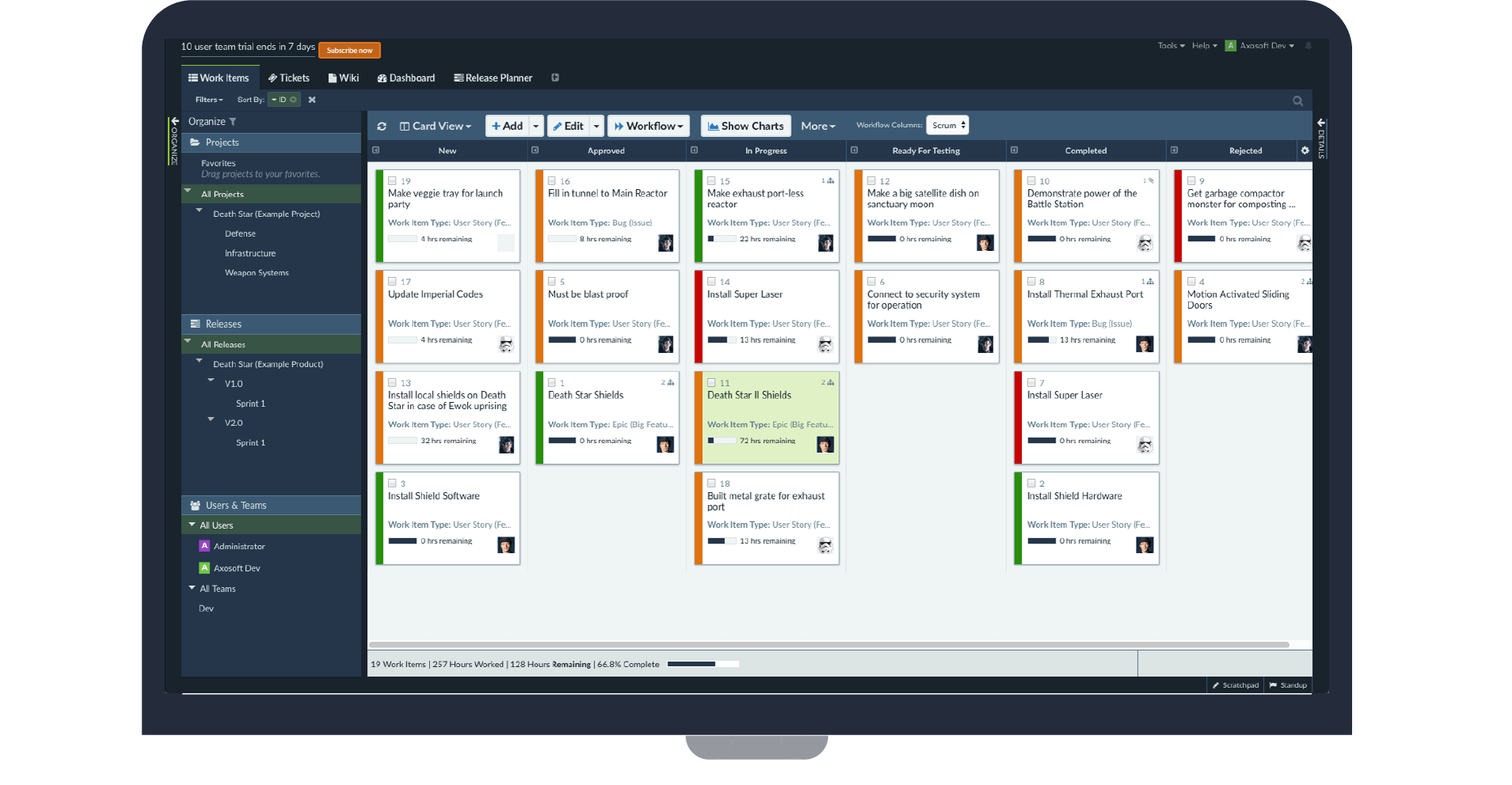
Axosoft is Scrum in its purest form, tailored for software teams with specialized tools like bug tracking and release forecasting. It’s great for dev teams that live and breathe code, though non-technical users might need a crash course to keep up.
Key Features
Bug tracking integration
Customizable workflows
Release forecasting
Pros
Strong Scrum focus
Great for software teams
Cons
- Complex for non-technical users
Ideal Use: Software development teams.
16. Miro

Miro is like a digital whiteboard on steroids, perfect for remote teams brainstorming during Scrum ceremonies. It’s interactive, collaborative, and just plain fun to use. While it’s not a dedicated Scrum tool, its templates and versatility make it a favorite for distributed teams.
Key Features
Online whiteboard for Scrum planning
Real-time team collaboration
Templates for Agile Workflows
Pros
Fun and interactive
Great for remote teams
Cons
Limited dedicated Scrum features
Ideal Use: Distributed teams brainstorming in Scrum ceremonies.
Also read: Top 10 Sprint Planning Tools for Agile Project Managers
What is the Correct Scrum Team Size?
The ideal Scrum team size is typically between 5 to 9 members, including the Scrum Master, Product Owner, and Developers. This range ensures the team is small enough to stay agile and collaborative but large enough to handle the workload efficiently. Teams smaller than five may struggle with productivity and skill diversity, while teams larger than nine can face communication and coordination challenges. The key is to have a balanced mix of skills and a structure that promotes self-organization, fast decision-making, and effective sprint execution.
Stages of a Request in Agile Scrum
In Agile Scrum, the stages of a request in Agile Scrum follow a structured workflow to ensure smooth execution. It starts with backlog refinement, where requests are prioritized and detailed. Next comes sprint planning, where the team selects and commits to specific tasks. During the sprint execution, developers work on the request while participating in daily standups to track progress. The request then goes through review and testing in a sprint review meeting, followed by a retrospective, where the team reflects on improvements. Finally, once approved, the request is deployed and maintained, ensuring continuous delivery and iteration.
Conclusion
Choosing the right Scrum tool isn’t just about checking off features—it’s about finding what fits your team’s rhythm. Whether you’re running a two-person startup or managing an enterprise-level operation, one of these 16 tools is bound to suit your needs. You can use the Middleware Jira Sprints Reports Plugin for a perfect Scrum implementation and get your software development lifecycle’s insights and updates directly within Jira.
So, pick your tool, set your goals, and let your Scrum team work its magic. Got a favorite Scrum tool that didn’t make our list? Share it in the comments below!
FAQs
What is a good Scrum Message?
A good Scrum message is clear, concise, and fosters collaboration within the team. It should focus on progress, roadblocks, and next steps while encouraging transparency and accountability. Whether in a daily standup, sprint planning, or retrospective, a Scrum message should align the team toward shared goals, keeping communication open and productive. The key is to keep it brief, relevant, and solution-oriented so the team can stay focused and move forward efficiently.
How do I choose the right Scrum tool for my team?
Identify your team’s size, budget, technical expertise, and specific needs like integrations, reporting, or visual workflow options. Opt for tools that align with your workflow complexity and scalability requirements.
Are Scrum tools only for software development teams?
No, while commonly used in software development, Scrum tools are versatile and can be applied across industries like marketing, design, and project management.
What key features should I look for in a Scrum tool?
Look for features like backlog management, sprint planning, Scrum boards (Kanban or Scrum), task prioritization, real-time collaboration, reporting, and integrations with other tools.
Which Scrum tools are best for beginners?
Tools like Trello and nTask are user-friendly and ideal for small teams or beginners exploring Scrum methodology.
Do these tools support other Agile frameworks apart from Scrum?
Many tools, such as Jira and ClickUp, also support Agile methodologies like Kanban and SAFe, providing flexibility for hybrid workflows.
Is certified Scrum Master worth it?
A Certified Scrum Master (CSM) certification can be worth it if you’re looking to break into Agile roles, validate your expertise, or enhance your career prospects. It helps you understand Scrum principles, improves team facilitation skills, and makes you stand out to employers. However, hands-on experience and practical knowledge often matter more than just certification.
Subscribe to my newsletter
Read articles from Rajni Rethesh directly inside your inbox. Subscribe to the newsletter, and don't miss out.
Written by

Rajni Rethesh
Rajni Rethesh
I'm a senior technical content writer with a knack for writing just about anything, but right now, I'm all about technical writing. I've been cranking out IT articles for the past decade, so I know my stuff. When I'm not geeking out over tech, you can catch me turning everyday folks into fictional characters or getting lost in a good book in my little fantasy bubble.


